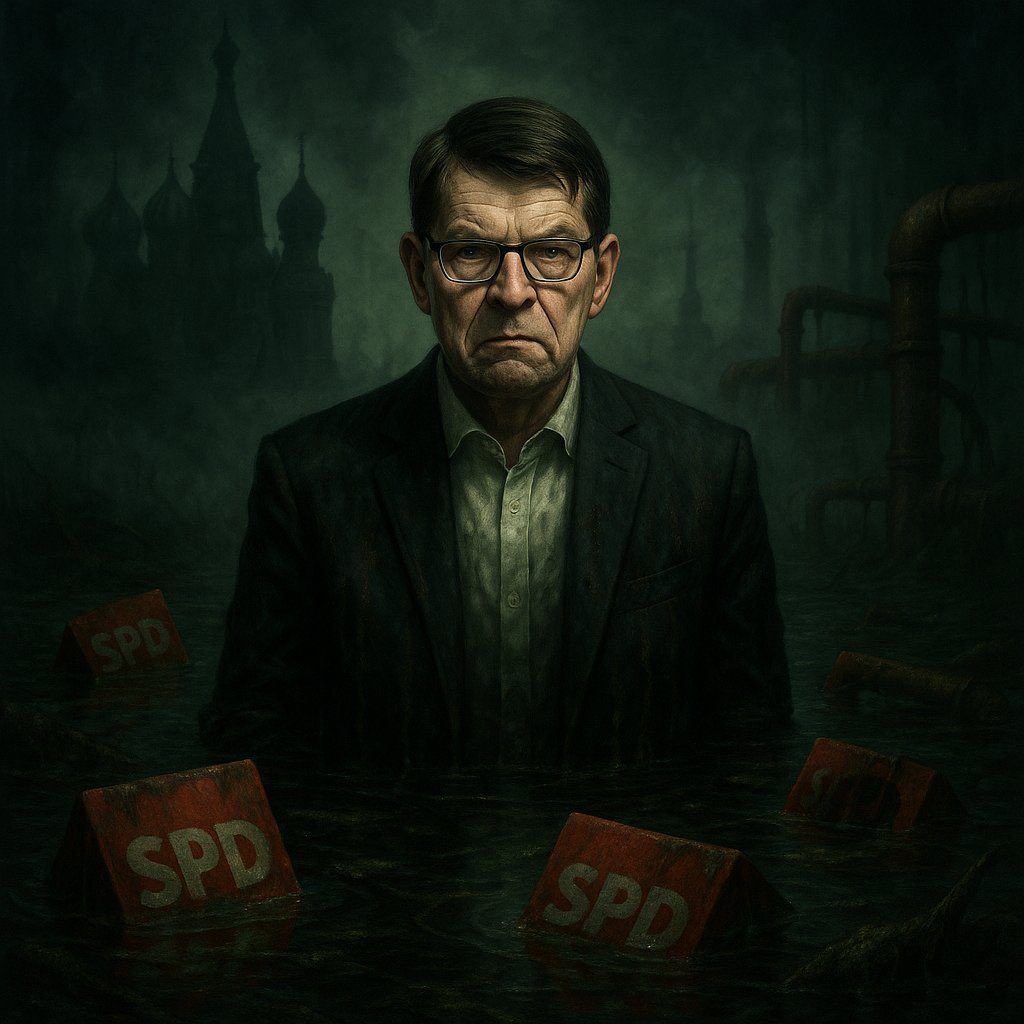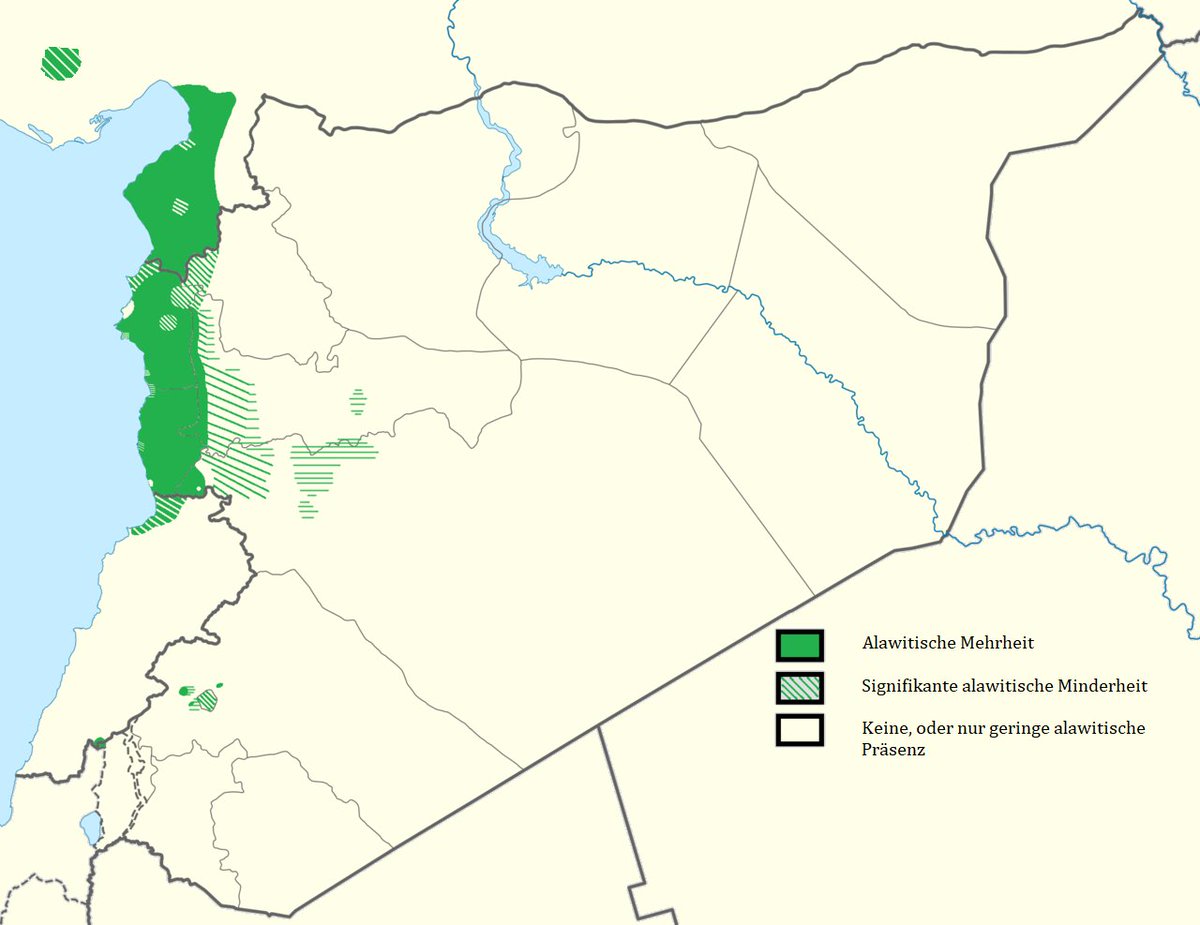1/🔍 Ukraine aims to build a Taurus/Storm Shadow–class cruise missile on its own.
Is it feasible within ~12 months?
We weigh the tech, logistics and political factors. #Ukraine #defense
Is it feasible within ~12 months?
We weigh the tech, logistics and political factors. #Ukraine #defense
2/🧐 Some analysts estimate 60+ months. Others claimed ~12 months might suffice if Western allies provide engines, guidance kits, and Ukraine goes all-in. That scenario assumes full tech transfer, massive funding, and a “use-in-combat” testing mindset.
So what is feasible?
So what is feasible?
3/🚀 A cruise missile needs many critical parts: a turbofan/turbojet engine, advanced guidance (INS/GPS + seekers like IR or terrain‑following radar), a penetrator warhead (e.g. Taurus’ 481 kg MEPHISTO), plus airframe and fuel.
4/ Ukraine’s defense plants can likely handle warheads and airframes, but building a modern turbofan or seeker electronics from scratch is very hard.
5/🚚 Logistics & production: Ukraine’s wartime supply chain is evolving. The new DOT-Chain system digitizes requests and cut delivery times from ~60 days to ~15 days (so parts and kits move faster).
6/ The US-led 21st Theater Sustainment Command in Europe also coordinates material flows. Still, complex munitions require multi-country parts moving through contested lines.
7/💶 Money & industry: German Chancellor Merz pledged to underwrite missile production with ~€5.7B aid this year. That investment could fund new factories and R&D.
8/ Ukraine’s industrial base (Motor Sich turbines, Yuzhmash, etc.) can be expanded, but converting civilian factories to missile production takes time. Wartime conditions (bombed factories, power cuts) further strain output.
9/⚡ Combat-prototype approach: In war you can accept risk. Ukraine might field an unfinished missile (like a “combat prototype”) to test in battle. If it reaches a target, that counts as success (accepting failures along the way).
10/ This trades systematic testing for speed: every fired missile is a learning event. But it means looser quality control and potential diplomatic fallout if errors occur.
11/⚙️ Physical bottlenecks: The biggest hurdles are key parts. High-performance engines (turbofans) and sophisticated seekers (radar heads, IR cameras) aren’t Ukraine-made. They’d likely need import or licensed production – complicated.
12/ Ukraine could try modifying simpler jet engines or repurposing civilian turbofans, but performance would lag. Electronics (GPS/ins, data links) are also non-trivial to source and integrate quickly.
13/📜 Historical parallels (1): Rapid missile dev has happened in crises. Germany’s V-1 “buzz bomb” first flew in late 1942 and attacked London by June 1944. The US copied it as the JB-2 “Loon,” first test-flight in Oct 1944 (mass production planned, though war ended).
14/ The USSR reverse-engineered it (Chelomei’s 10Kh) starting mid-1944; by Feb 1945 their air‑launched tests began. These show ~1–2 years from concept to launch.
15/📜 Historical parallels (2): Cold War tech speeds were surprising. Lockheed’s Skunk Works designed/built the XP‑80 jet fighter in just 143 days in 1943 (first flight Jan 1944), driven by Allied urgency.
16/ The U-2 reconnaissance plane was proposed in 1953 and flew in 1955 – about 2 years. These feats required top talent, single-minded focus, and skipping peacetime bureaucracy.
17/✈️ Integration: Ukraine already adapted Western missiles: e.g. UK Storm Shadow was quickly tested on a Ukrainian Su-24, proving existing Su-24 racks can work. So carrier integration is doable.
18/ A new missile just needs compatible rails and software (for F-16s or other jets). That’s extra work but has precedent. The real work remains building the missile itself.
19/💡 Bottom line: To meet a 12‑month goal, Ukraine would need extraordinary conditions: full Western tech/cooperation, massive funding (Merz’s deal), mobilized industry (24/7 production), and willingness to “learn by doing.”
20/ Even then, the first batch would be rudimentary within ~ 12 months. Yet, historical analogs show it’s not impossible, but it’s extremely tight.
21/⚖️ In sum: Under intense political will and risk-taking, a basic combat-ready cruise missile in ~1 year might be done, but only at cost. Engines and sensors are the choke points.
22/ History suggests blitz-developments are possible with wartime urgency, but usually not with full reliability. Ukraine could likely field a prototype swarm of long rockets (risky, “battlefield IOC”) by 12 months – but a fully mature system needs more time.
@threadreaderapp unroll
• • •
Missing some Tweet in this thread? You can try to
force a refresh










